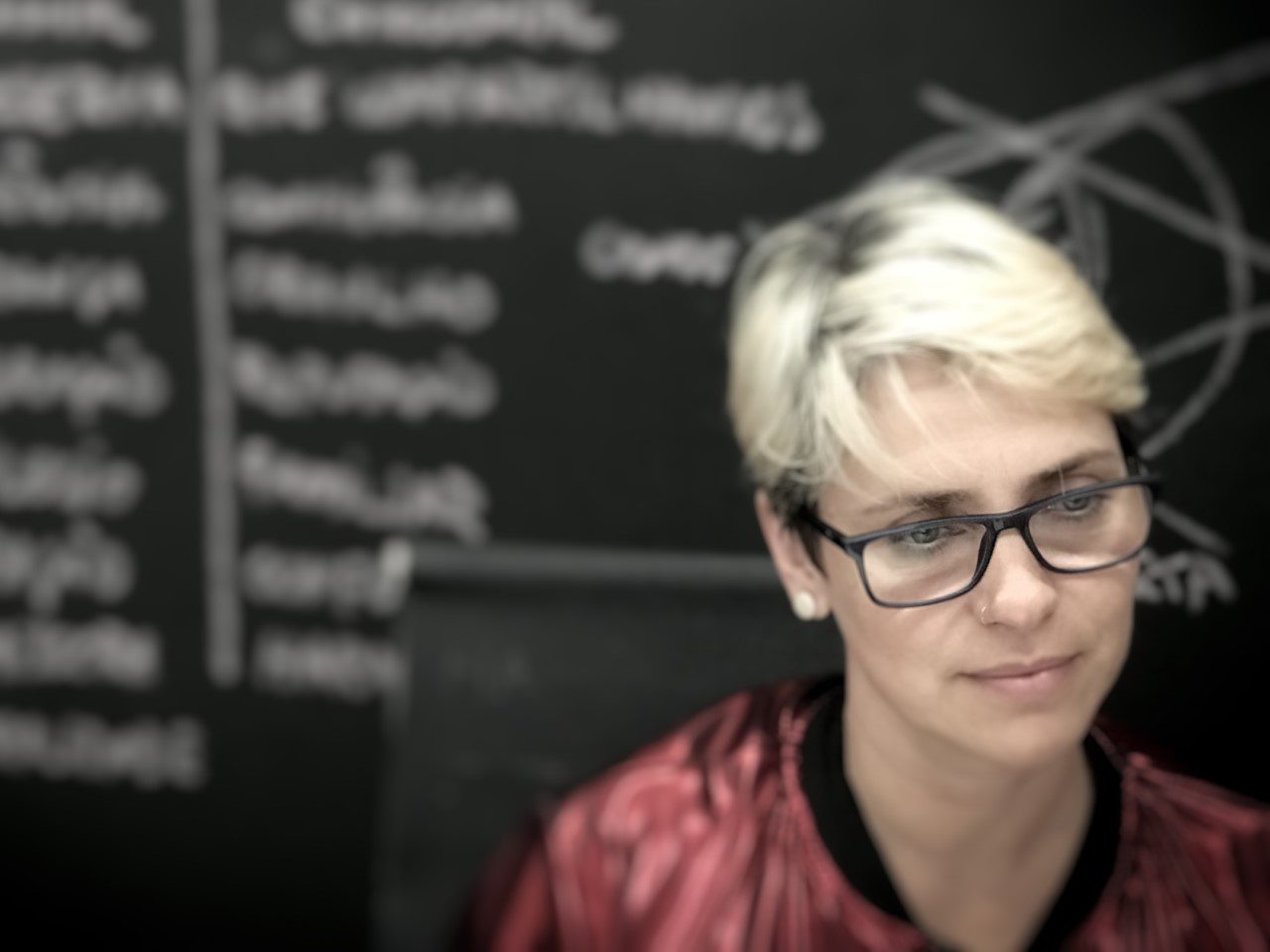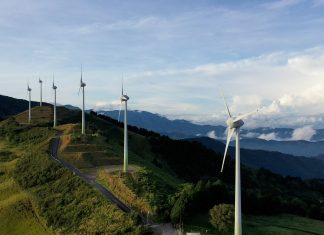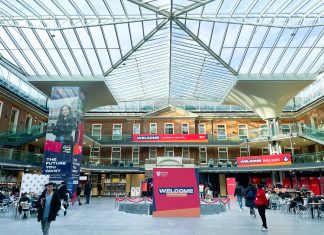Following an established career in the media spanning over 20 years, our Nation and Place Branding Consultant, Mariane Broc, certainly never predicted that her professional life would follow the trajectory it has. A passion for weaving narratives and developing the unique potential of people and places shaped her as a journalist and these qualities have undeniably contributed to her expertise in Place Branding and Placemaking, which she so readily imparts at Bloom Consulting today.
Amongst other things, she has played a vital role in implementing ‘Placemaking I.D.’, creating new dimensions and outlooks whilst engaging a wider audience with Bloom Consulting’s work.
The rest is Place Branding history.
Engaging people, revealing and strengthening identities, seeing unique potential are all qualities could be applied within both journalism and Placemaking. How do you think that your early professional background in the former prepared you to enter into the world of the latter?
That is a very interesting question. When I started out in journalism in 1995, I never imagined that, one day, I would be working with public spaces and their dynamics. It’s more than likely that if I’d heard the word ‘Placemaking’ back then, my reaction would have been to furrow by brow and say: “What?”. However, even 25 years ago, I was certain that I would be working with people – telling stories about people for people. The possibility of discovering and telling new stories, capturing the everyday as well as the nuances of big or small cities and being a witness to the most significant events of history was enchanting. The idea of being able to relay all of these things in my own words motivated me to pursue journalism.
Over the course of a career in the media spanning 20 years, I learned that a good journalist, aside from being a good storyteller, needs to be a good listener above all. As a journalist, you must be an alert observer whilst also being sensitive, discreet, empathetic and entirely devoid of preconceptions. Without these characteristics, you become no more than a glorified spectator, therefore you miss the opportunity of telling a genuine story. I always fully utilised these characteristics in my work, both at the time of collecting stories as well as during the writing process – regardless of whether this was a three-minute piece on the daily news or an hour-long programme for a Sunday evening. What has always made the most significant difference is being able to tell the story exactly as it is.
Cultivating these characteristics made me a better observer. 25 years later, I continue to do exactly the same thing, only now I do so to better understand the behaviours, identities and nuances of places. After all, what are places without people?
How important is our perception, positive or negative, of the physical space in which we live?
Public spaces facilitate our relationship with cities. In them, we share life experiences together as a community. Therefore, a positive or negative perception of public space or a place in general, directly impacts our impression of the cities in which we live or which we visit. The higher the quality of these public spaces, the greater the possibility that we have of identifying with the city. A high-quality public space is one that is vibrant and actively invites peaceful coexistence. It must also be diverse, well looked-after and welcoming.
As Nation and Place Branding Consultant for Bloom Consulting, what do you feel is the most important thing to consider when it comes to boosting the unique potential of a country or place?
Above all, the most important thing to consider is gaining a deep, intimate understanding of the true uniqueness and talent of a place. Crucially, this should always be founded on the perceptions of the people who live, visit and relate to the place in question. After this initial process is the fundamental implementation of strategies within the place, whether it is a neighbourhood, city or country. These strategies mean places can retain and attract talent and investments, promote a sense of pride and of belonging and, consequently, become truly antifragile in their nature.
How has ‘Placemaking I.D.’ made an impact here at Bloom Consulting? How does it differ from other services that we offer?
The true impact comes from offering the complete package, from its design, to its strategy, to the realization of this concept in a public space. In this way, everything that was previously just a concept becomes tangible, tested, photographable and shared. In ‘Placemaking I.D.’ we understand how the identity of a place (whether it is a neighbourhood, a city or a country) can be directly translated into positive experiences for inhabitants, visitors, tradesmen, business owners and investors. The best part of this process is that it is done collaboratively with customers who, after all, are the real Place Branding experts. Our objective is to co-create antifragile places capable of adapting themselves to future uncertainties without losing the distinctive characteristics which make them truly unique.
What are the most important factors to take into account during the ‘Placemaking I.D.’ process?
The principal factors are as follows: community engagement, carrying out positioning within public spaces to create the brand experience and perpetuating the idea of the Antifragile City. With these three factors, we build a sense of belonging and preserve community vitality. We are transparent throughout the ‘Placemaking I.D.’ process, and always align our practise with a conceptual framework. Of course, this is all in addition to viewing places through future and current perspectives, thus never looking exclusively at the past.
What has been your favourite professional project with Bloom Consulting so far? Why?
One of the most challenging yet captivating projects in recent years took place in the city of Campo Grande, the capital of Mato Grosso do Sul, Brazil.
This project was carried out in partnership with Sebrae (a Braziian company specialising in micro enterprises and small businesses), the Inter-American Development Bank and the local authority of Campo Grande. Our challenge was to reposition the main shopping street in the city centre. The local authority had just carried out a major redevelopment work on the street in question which caused a lot of dissatisfaction and unrest on behalf of the city’s local traders, forcing them to close their doors to the public whilst the work was taking place.
Months went by before the work was finally complete, but what would happen after it was finished? How could the local authority bring such a significant project to life? What singular, unifying vision could be shared by everyone – traders, inhabitants and visitors to the street alike? How could we salvage the pride that was shattered due to the arduous process of the project itself? We needed to find the answers to all of these questions and doing so took three months of hard work. We engaged stakeholders, collaborated and co-created with the local authority as well as the community to build a strategy based on antifragility for the street, which was previously a strictly commercial place. Today, it has a completely new focus, centred around tourism, innovation and commerce. It is a vibrant, welcoming, diverse street which presents the Pantaneiro lifestyle to Brazil and to the rest of the world.










